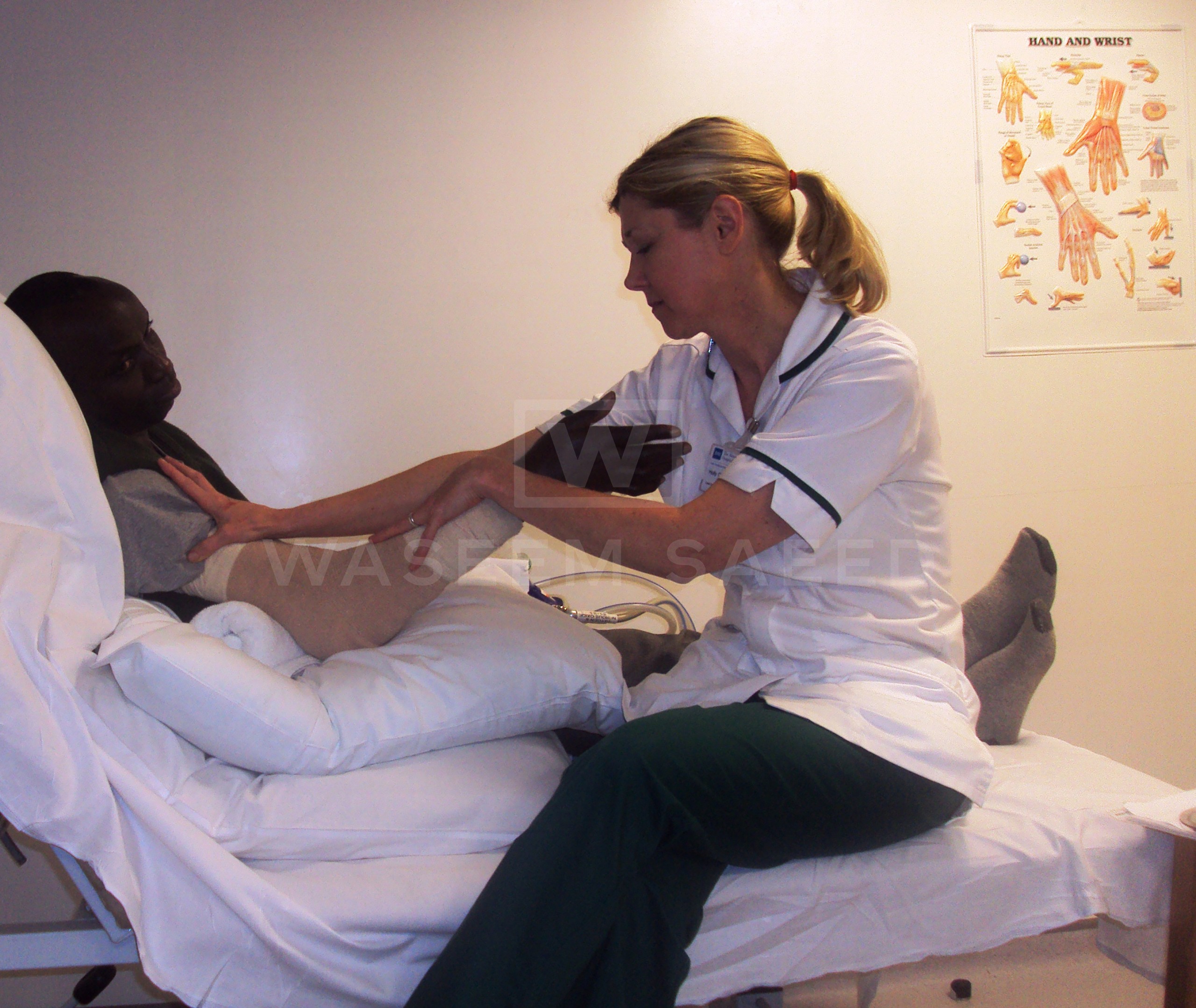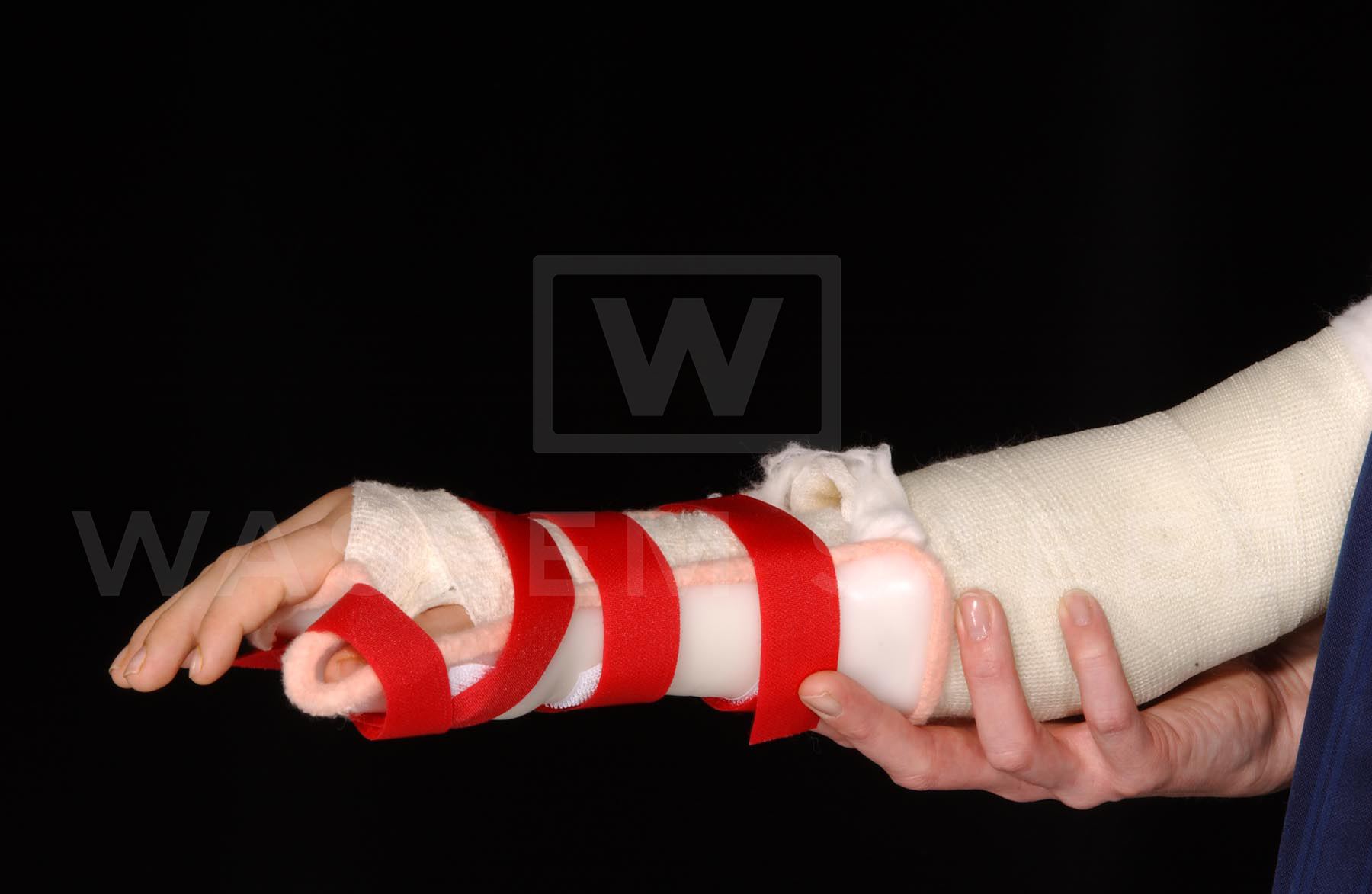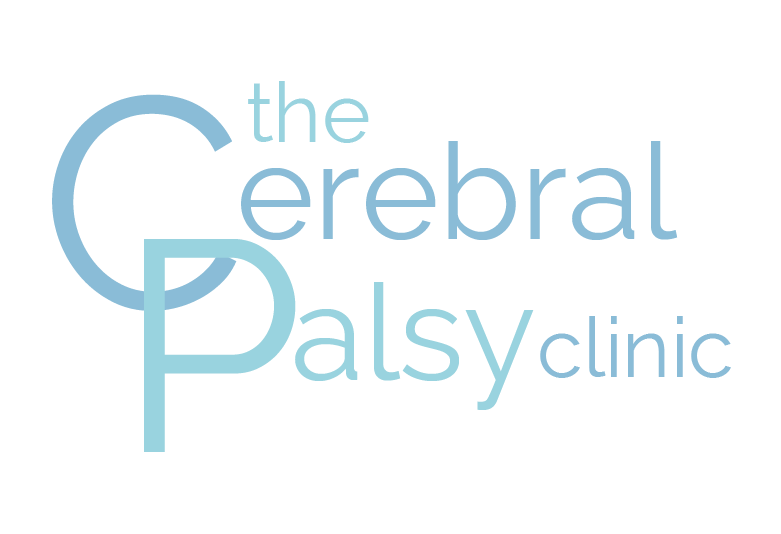What are the Treatment Options?
At the Cerebral Palsy Clinic we provide surgical treatment and non-surgical treatment support around that surgery.
Surgical treatments
Thumb-in-palm
The commonest problem my patients encounter is the thumb tight in the palm or moving into it if they try to use the hand.This is a particularly disabling problem because in my experience, no matter how well-balanced the rest of the arm and hand are, it is difficult to use the hand easily if the thumb gets in the way of grasp. Many children (and adults) abandon attempts at using their hand in frustration because of this.
This problem once established almost always requires surgery. Surgery involves lengthening the tight muscles that pull the thumb in, combined with widening the space between the thumb and index finger and adding power to the thumb muscles that pull away from the palm.
Tight Wrist
This is also a frequent finding and is important for two reasons in particular. The wrist is usually flexed and in this position the finger gripping muscles (flexors) are slack, making grip weak. Secondly, the wrist may be flexed as a result of constantly putting it into this position to allow the fingers to release. Over time this adaptive movement can lead to an imbalance in the finger joints that further reduces grip (swan neck deformity).This problem can be treated by lengthening of the tight wrist flexors and transferring one of them to the other side of the wrist to add power to wrist straightening.
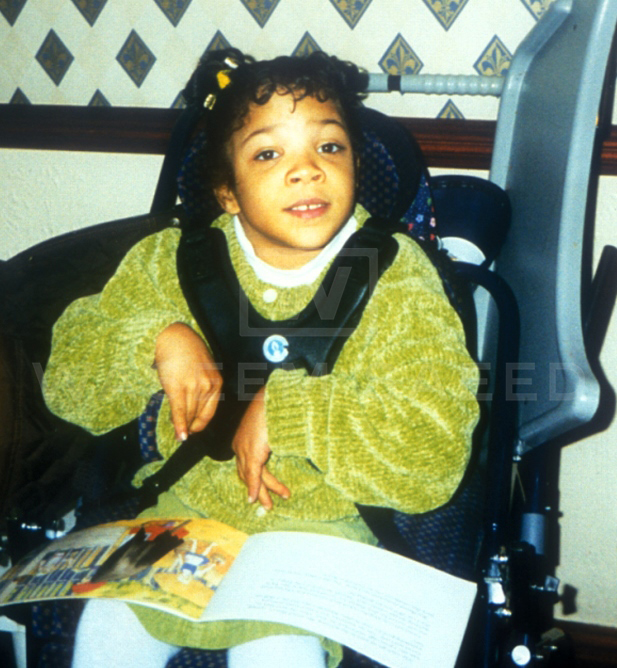

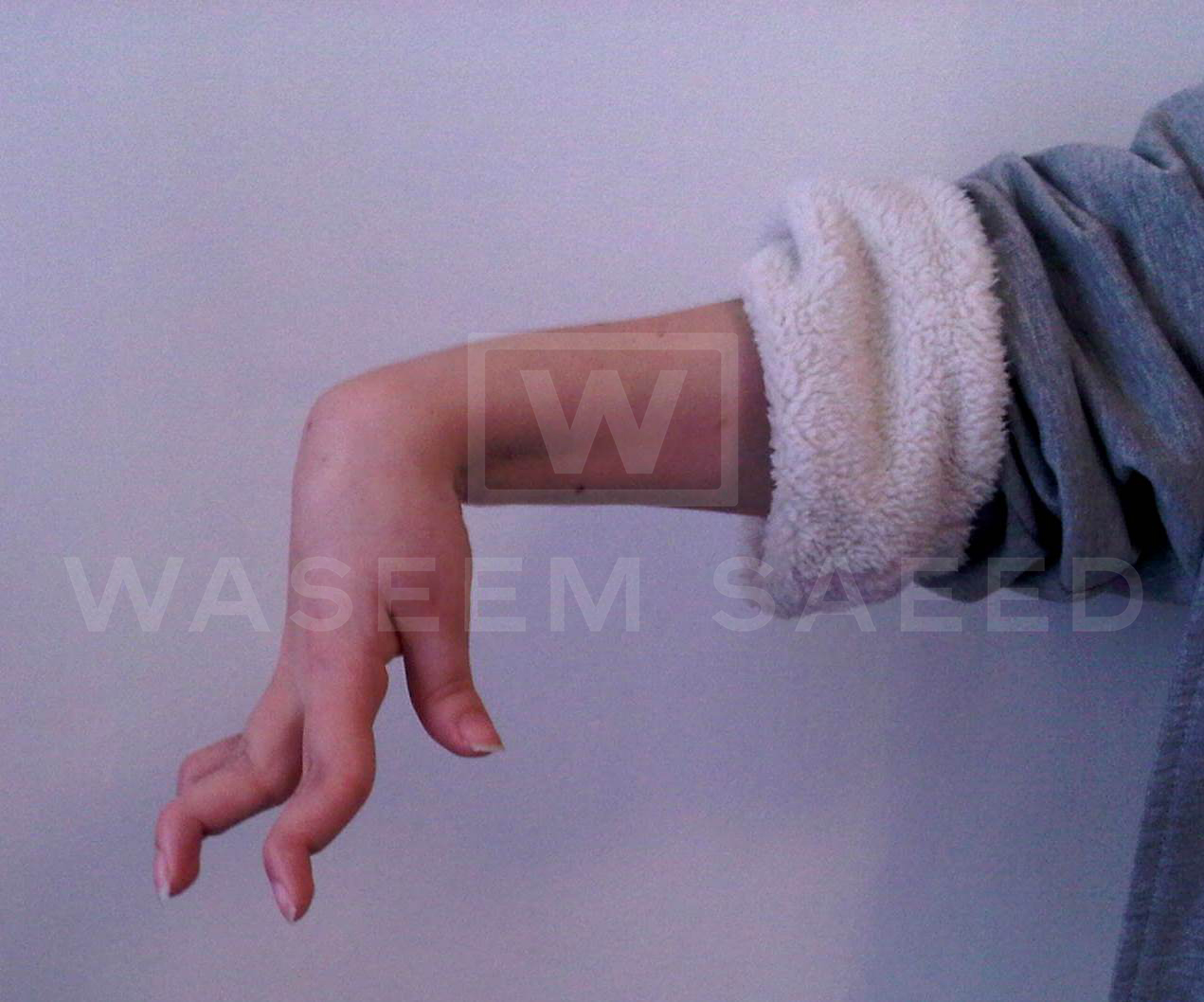
Tight Elbow
No matter how good function is, if you cannot put your hand where you want it because of an elbow that goes into tight spasm, use of the arm will be limited. This problem is one of the most reliably addressed by surgery. The operation involves lengthening the biceps (main elbow bending muscle) and associated muscles that flex the elbow.
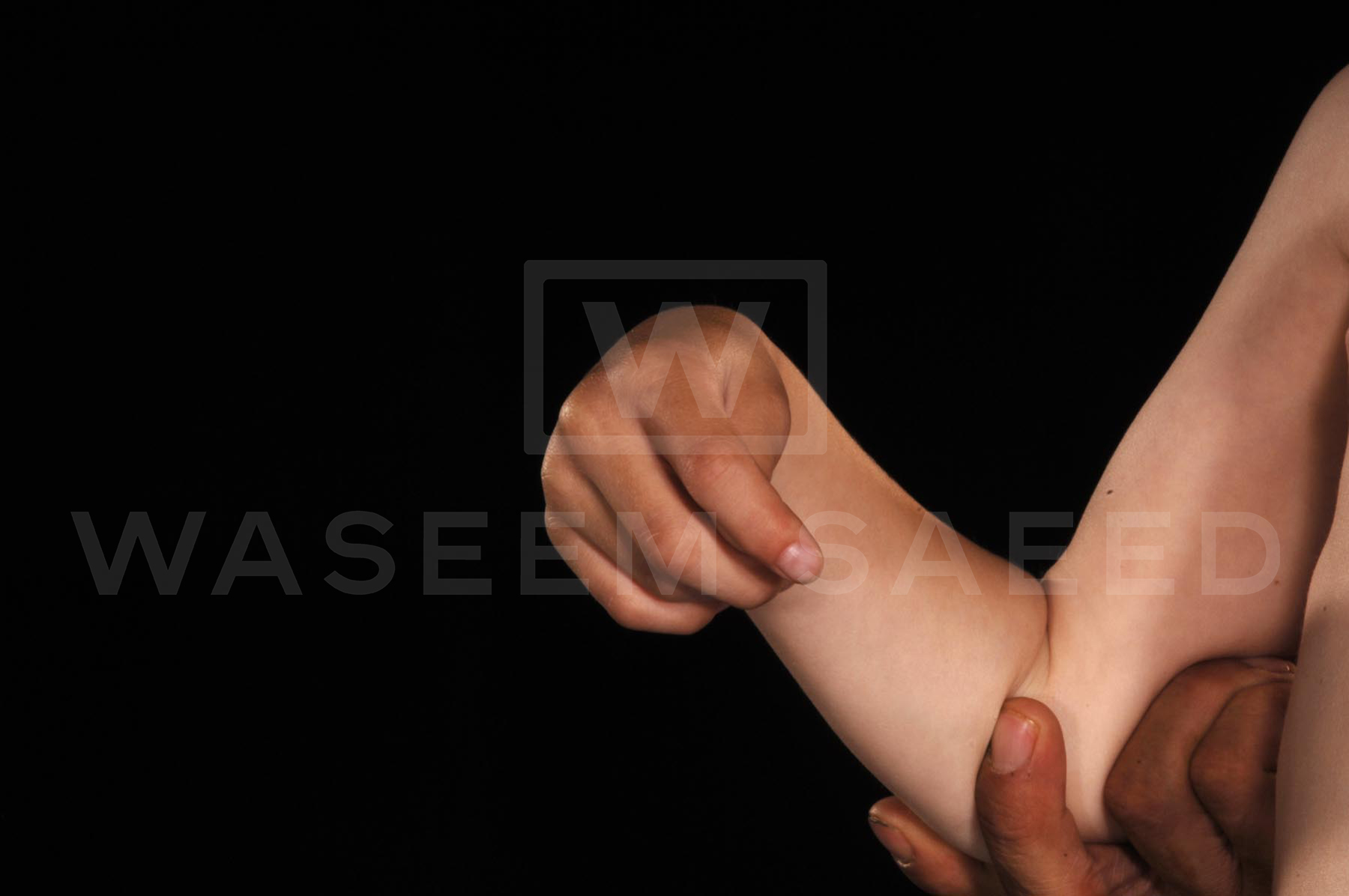
Tight / Unbalanced fingers
Again, a common finding. The finger flexors are tight in this situation and do not allow release or grasp. In severe cases the fingers may dig into the skin or make hand cleaning very difficultThis problem can be treated by lengthening the finger flexors and adding power by muscle transfer to the finger extending tendons.These problems are the most commonly treated by surgery. Other problems that can be helped by surgery include finger joint imbalance (swan neck deformity), forearm rotation tightness (difficulty in rolling he arm over eg to put your palm up or turning the hand over. These problems can be addressed later when the effect of the main operations (thumb, wrist and fingers) have been seen.
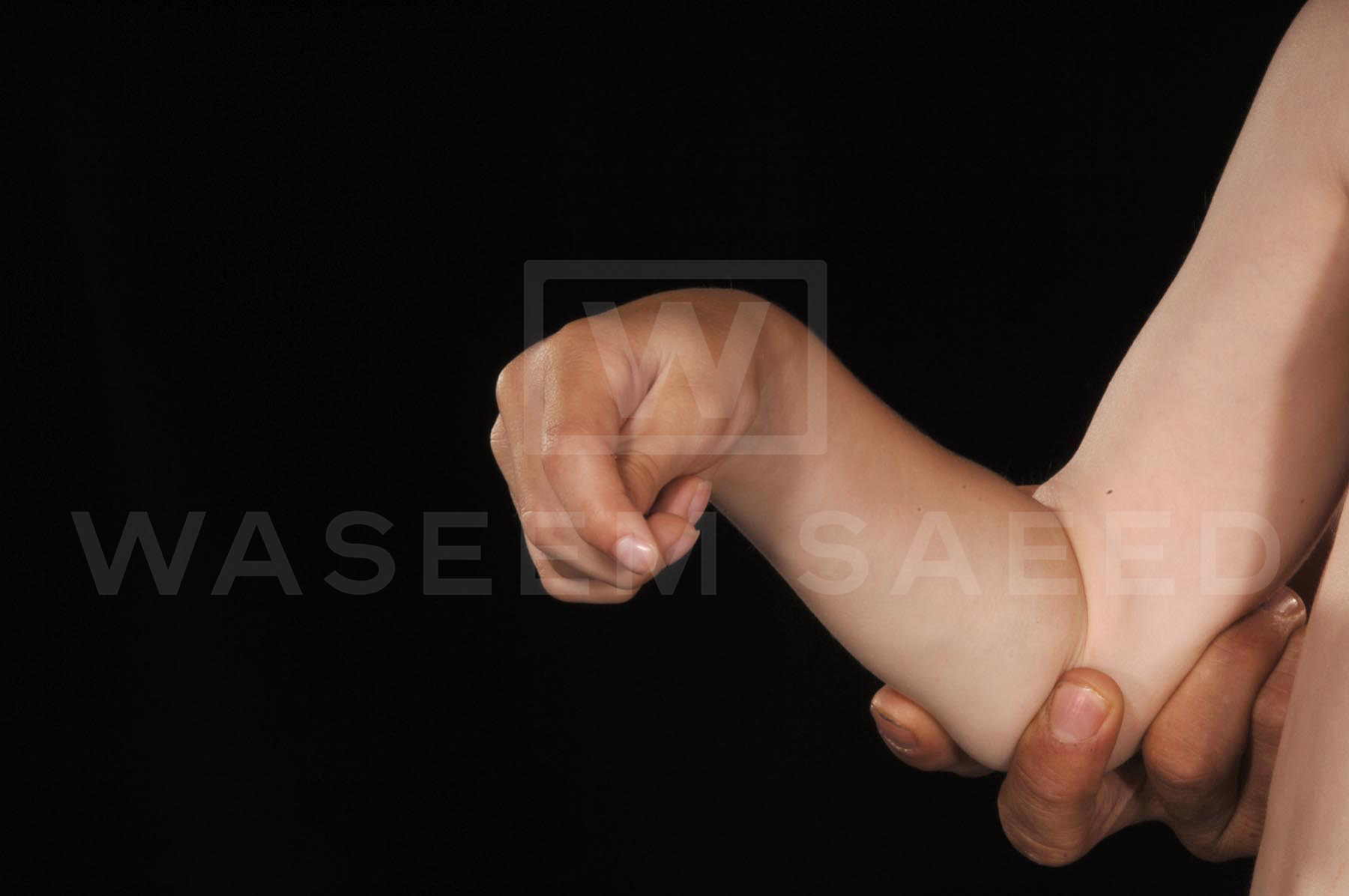
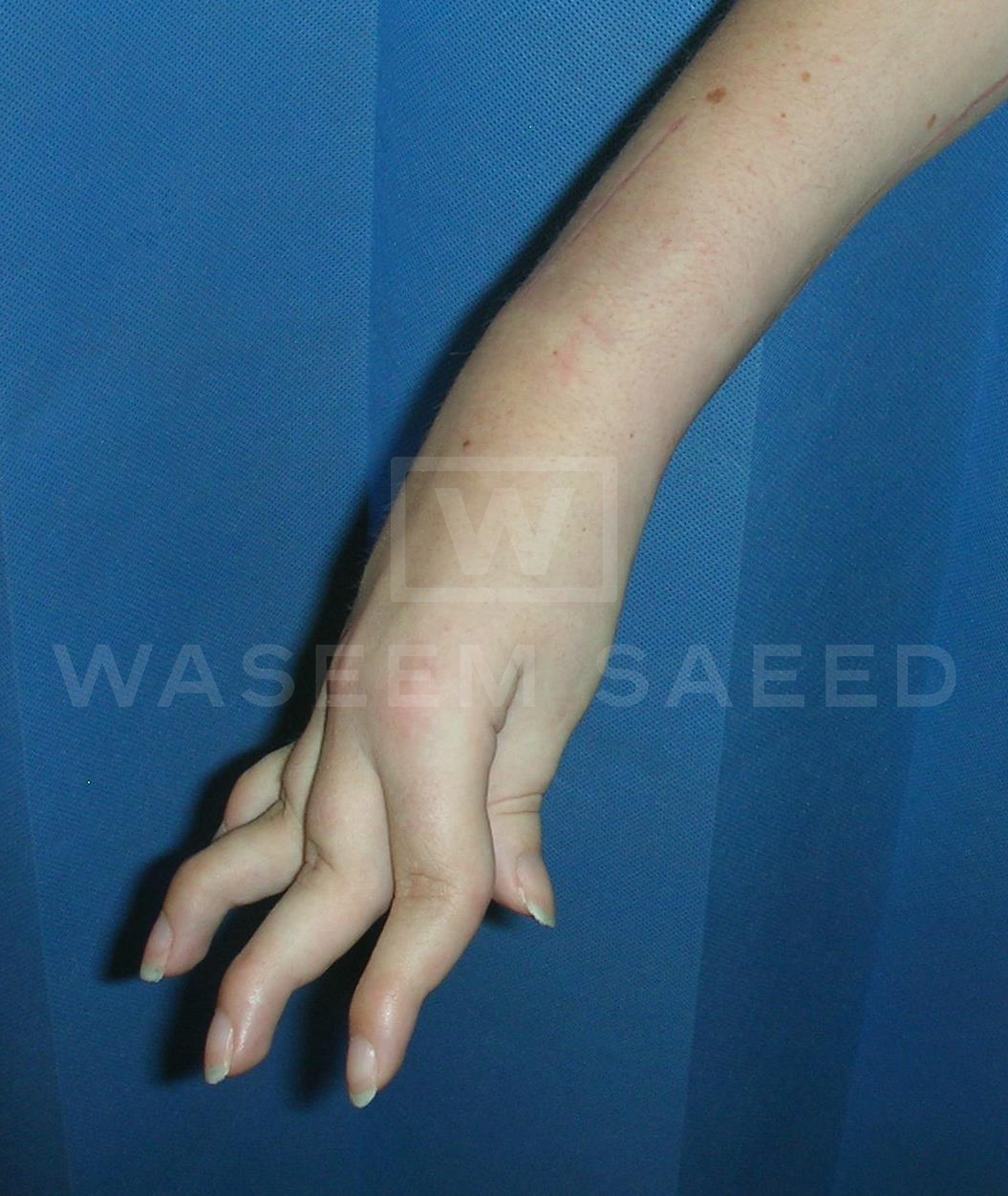
Non-surgical treatment
We understand and recommend that you maintain the support of your local healthcare professionals and therapists and we aim to work with them. Holly and Claire our therapists will liaise with you and these groups to ensure that we receive feedback on progress and to ensure that surgery is given the best chance of working. It is important that when you bring details of all those involved in your care, so that we can communicate effectively.
Please note that we are not able to provide long term physiotherapy and occupational therapy support.
Non-surgical treatments that we encourage at the clinic:
- Daily stretching exercises of all affected joints, combined with massage to the arm and hand. In younger children this should be made into a play activity. I recommend that this is carried out when our patients are relaxed and a moisturiser such as baby lotion or E45 is used. This is particularly important after surgery.
- Splints as recommended by our Team.
- Two handed activity. Whether it be something like building bricks or hand-held electronic games, it is important that you identify and some play activity that requires two hands to carry out as this may lead in itself to renewed interest in using the hand. If possible tricycles, bicycles and sports activities are also very useful. Note that the emphasis is on fun. No patient will do exercises with regularity if they are boring and monotonous.
